The 3 Sounds of the Letter O
The letter O is the least reliable vowel in English. Students are often first taught the short o sound, as in dock and mop. The letter O is short when…
Check Out the New Shop! Click Here
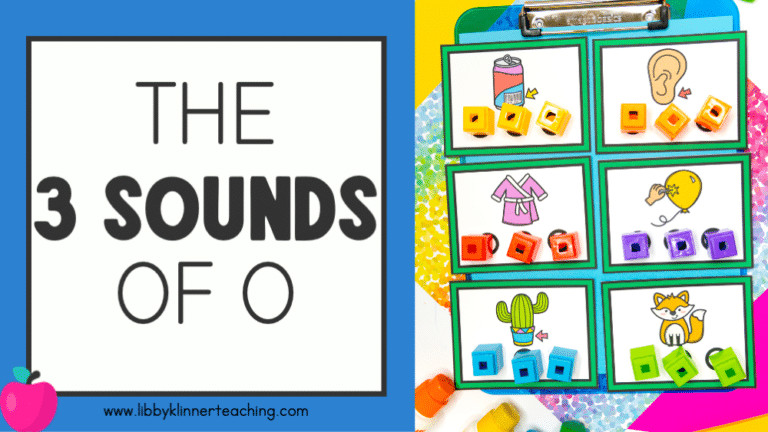
The letter O is the least reliable vowel in English. Students are often first taught the short o sound, as in dock and mop. The letter O is short when…
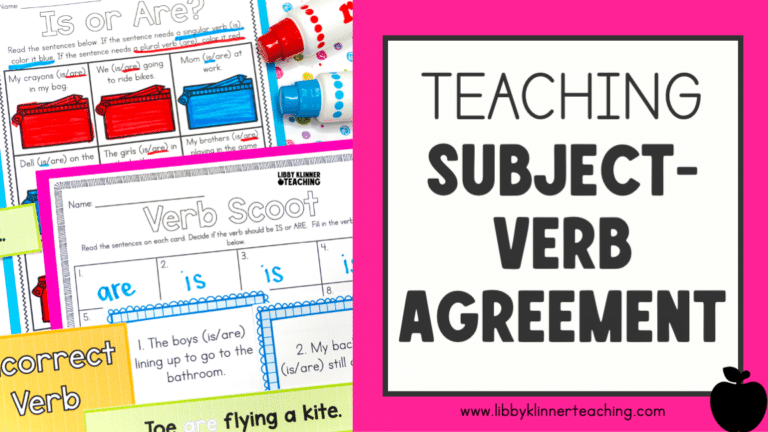
In the early elementary grades, teaching subject-verb agreement can seem like a tricky task. I am here to talk about subject-verb agreement activities that can make it an engaging adventure…

One of the trickiest concepts every reading teacher has to teach is the concept of consonant digraphs. Two letters, but one sound – it goes against all the other rules…
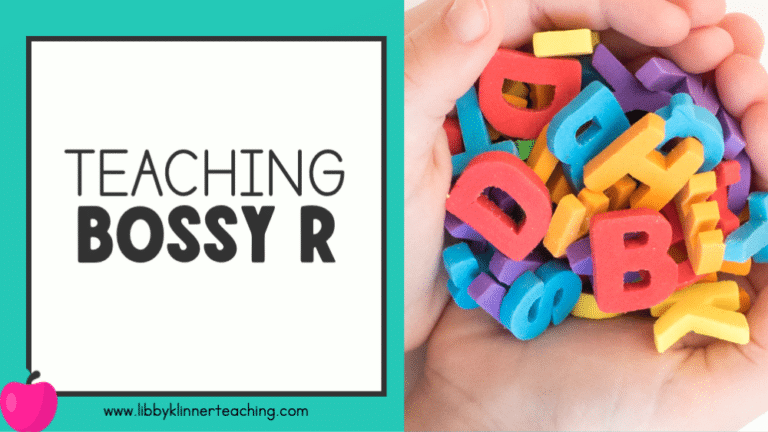
Bossy R words can be so fun! Are you teaching r-controlled vowels in your classroom? Keep reading for some fun bossy r teaching ideas! Understanding r-controlled vowels can be tricky…
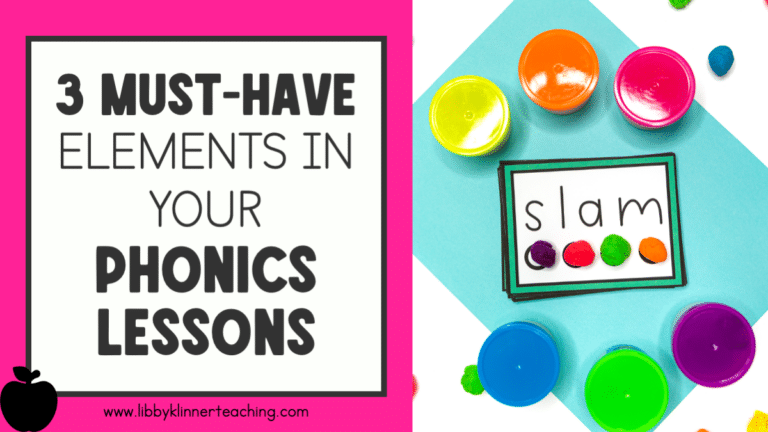
Teaching phonics can feel overwhelming. You have so much curriculum to cover. You’re expected to do both reading and writing workshops. You only have so much time to teach phonics…

Are your students struggling to learn sight words? Sight words are incredibly tricky, especially for students that may have low working memory or other learning challenges. Learn how to teach…
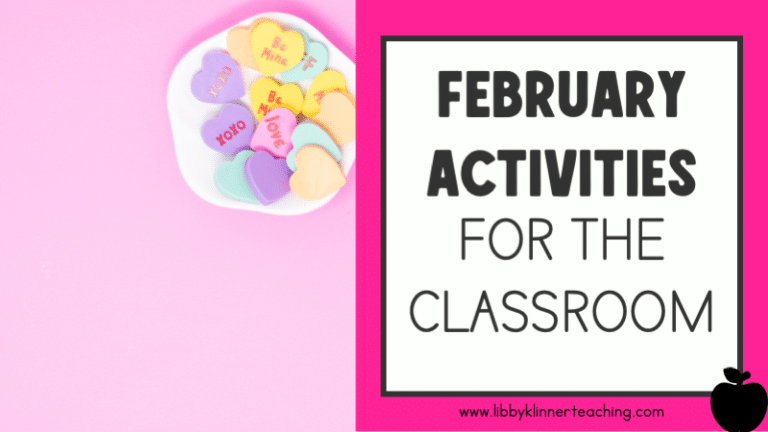
The month of February can feel incredibly long, but it’s a busy one! We are all counting down until spring break. Your students may be stir crazy if you’ve had…
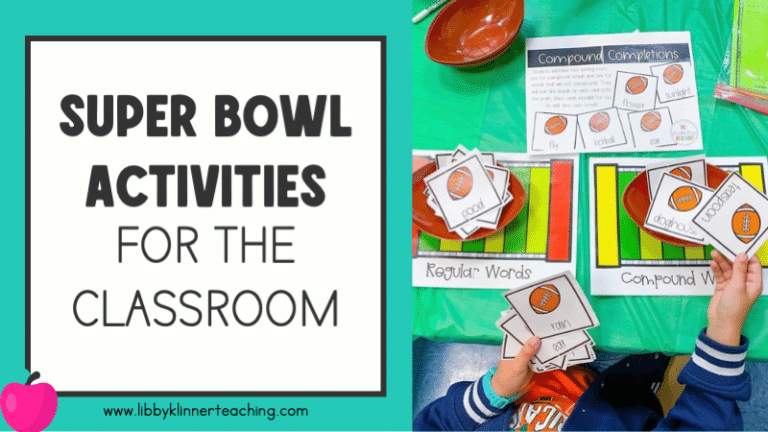
The month of January can feel VERY long. You’ve returned from break. It’s cold outside. Your students are stir-crazy, especially if you live in an area that gets bad weather…

WHAT IS PHONEME ISOLATION? Phoneme isolation is the ability to identify specific sounds within a word. Isolation is the first layer in phonemic awareness. The graphic below from Really Great…

The first week of school can be so hectic. Use these 5 read aloud activities to make your planning a breeze. You’ll cover expectations, build community, and teach about cooperative…
End of content
End of content
No products in the cart.